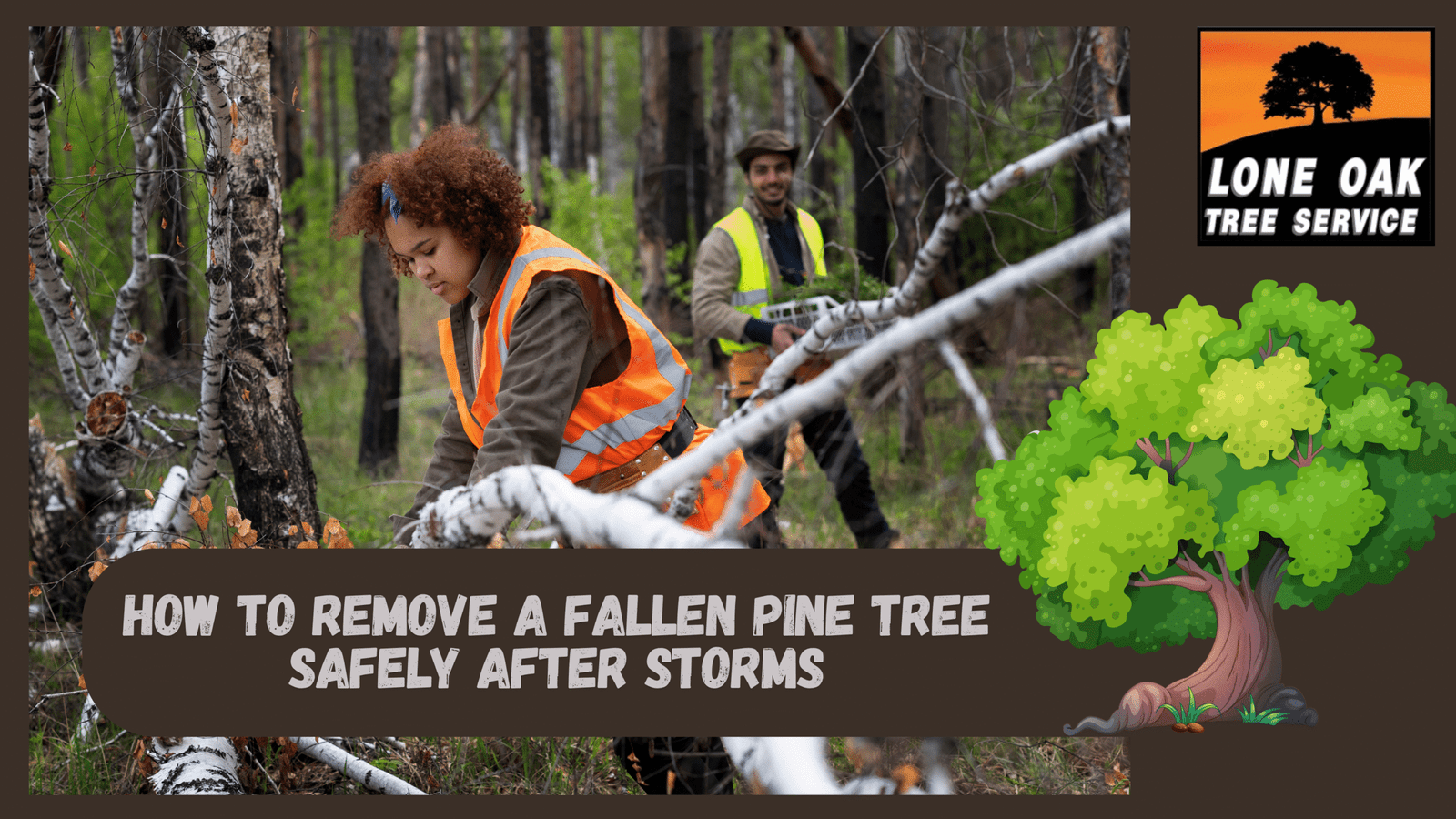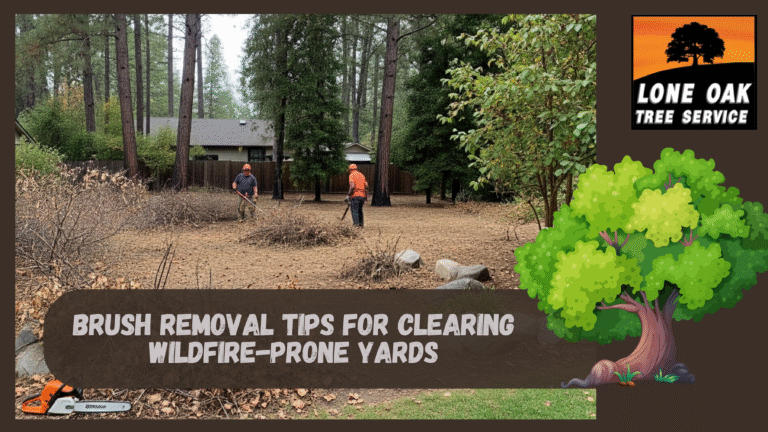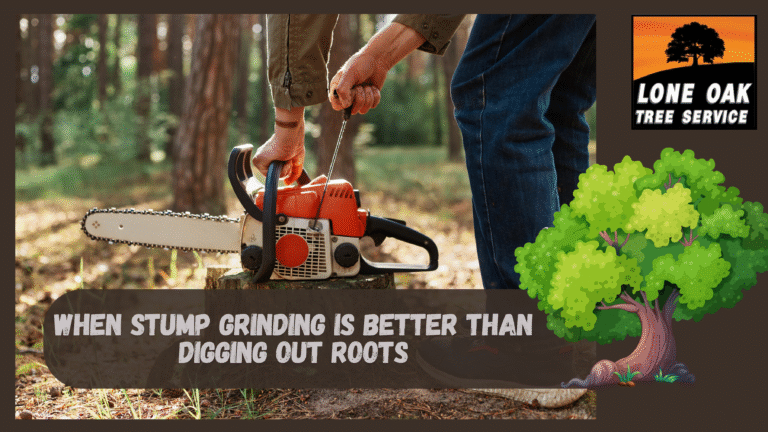Removing a Storm-Felled Pine Tree Without Risking Your Safety
Storms can wreak havoc on your yard, and one of the most common sights afterward is a fallen pine tree. Whether it toppled due to strong winds, waterlogged roots, or heavy snow, removing it quickly and safely is essential to prevent further damage or injury.
Pine trees, due to their height and shallow root systems, are especially prone to falling during storms. Here’s a complete, step-by-step guide to help you safely remove a downed pine tree and when to call a professional.
Assessing the Damage Before You Act
Before jumping into action, carefully inspect the situation:
- Is the tree entangled in power lines?
- Has it landed on a structure or vehicle?
- Is the ground around the tree stable?
- Are branches suspended off the ground or under tension?
Important: If the tree is touching utility lines or blocking public roads, call your local utility provider or emergency services immediately. Never attempt removal in these scenarios yourself.
Step 1: Clear the Surrounding Area
Safety is your top priority. Start by clearing children, pets, and unnecessary equipment from the area. Keep a radius of 15–20 feet around the tree completely free of people.
Wear protective gear: gloves, a hard hat, safety glasses, boots, and long sleeves.
Step 2: Cut Smaller Branches First
Start by removing smaller limbs and branches. This lightens the load and gives you better access to the trunk.
Use a handsaw or chainsaw, depending on the branch size. Always cut away from your body and ensure your footing is secure.
🪚 Pro Tip: Cut branches at manageable sizes and stack them neatly for disposal or mulching.
Step 3: Segment the Tree Trunk Safely
Once branches are cleared, move on to the tree trunk. Cutting it into sections makes removal easier and safer.
Steps:
- Start cutting from the top of the tree, working your way down.
- Cut in 2–4 foot segments, depending on the tree’s thickness and your equipment.
- Use wedge cuts to control how the log falls.
- Check for tension in the trunk (bending, cracking sounds) to avoid dangerous kickbacks.
If using a chainsaw, always keep both hands on the handle and be aware of kickback zones.
Step 4: Deal With the Tree Stump (Optional)
In some cases, the root ball may have lifted out of the ground. If not, you’ll be left with a stump.
Your options:
- Stump grinding: Hire a professional or rent a grinder.
- Natural decay: Drill holes, add stump remover, and wait.
- Manual removal: Dig around the stump and cut roots with an axe or saw.
Stump removal can be time-consuming and may require specialized tools, so many homeowners choose to leave it or schedule professional grinding later.
Step 5: Clean Up Debris
Storms often leave broken limbs, needles, and bark scattered across your yard.
For eco-friendly disposal:
- Chop branches into mulch with a chipper
- Compost smaller materials
- Contact your municipality for large debris pickup
When to Call a Tree Removal Professional
Removing a tree that’s:
- Over 20 feet tall
- Near a structure or vehicle
- Under tension
- Split or cracked
- Entangled in other trees or wires
…requires a licensed tree service professional with the right training and equipment. Attempting complex removals yourself can lead to injury or property damage.
Why Pine Trees Are Vulnerable to Storm Damage
Pine trees have shallow root systems, which makes them susceptible to tipping in high winds, especially if the soil is overly saturated. Other factors:
- Top-heavy branches
- Poor pruning history
- Root rot or disease
- Weak soil structure in urban areas
Maintaining healthy trees through regular pruning and health assessments can reduce the risk of storm damage.
Prevent Future Tree Hazards
Once your yard is clear, take proactive steps to prevent another tree disaster:
- Schedule annual tree health assessments
- Trim heavy limbs or remove deadwood
- Avoid overwatering trees in rainy seasons
- Stake young trees properly
- Plant new trees at safe distances from your home or power lines
Final Thoughts
Removing a fallen pine tree after a storm can be overwhelming, but by following a structured approach and knowing when to call for help, you can restore your yard safely and efficiently.
Remember: your safety comes first. If you’re unsure or feel the job is too risky, don’t hesitate to hire a certified tree removal specialist.
Need expert help with storm-damaged trees? Contact our professional tree service team for fast, safe, and affordable removal solutions today.




